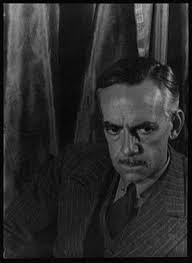Shakespeare's Tragedy : King Lear (Summary, Plot, Tragic story)- GentlemenGyan

The Tragedy of King Lear Introduction : William Shakespeare:- Shakespeare is considered to be the greatest playwright of all time. He belonged to Elizabethan Era and is one of the most important literary figures in English Literature. He has written a number of famous tragedies. Written in 1605-06, King Lear is his one of most popular tragedies. Sometimes cited as his best tragedy, it comprises of five acts. It is noted for its probing observations on the nature of human suffering and kinship. George Bernard Shaw has written about it, " No man will ever write a better tragedy than Lear ". William Shakespeare Profile Born (Baptised) 26 April 1564, UK Died 23 April 1616, UK Active years c. 1585- 1613 Era Elizabethan, Jacobean Literary Period Renaissance Profession Playwright, Poet, actor Notable works Hamlet, Romeo and Juliet, King Lear, Macbeth etc Genre Renaissance drama ...









